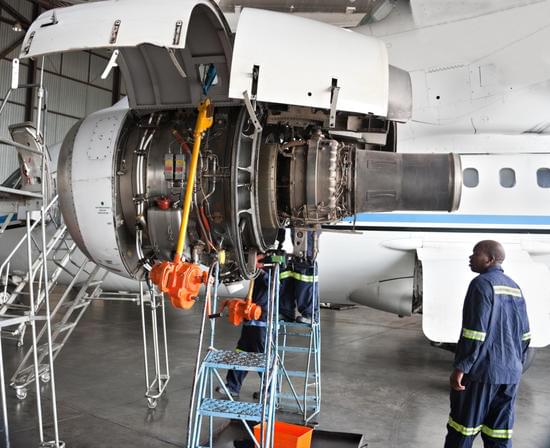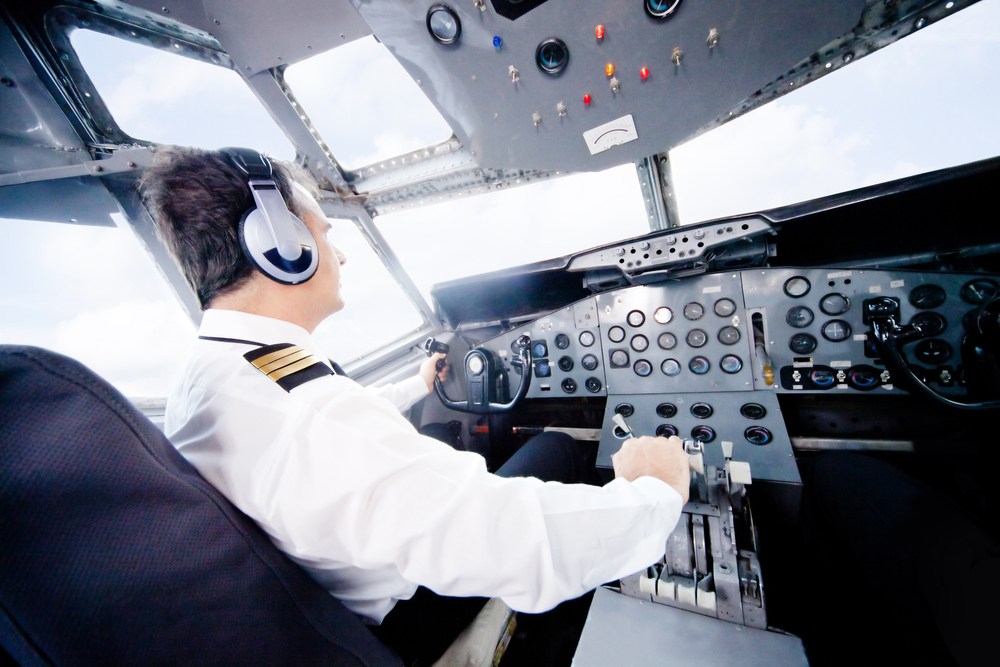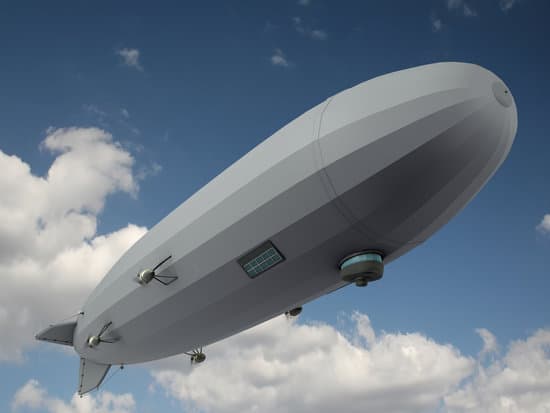Addressing Challenges in Aging Aircraft Maintenance: Strategies and Best Practices

The aviation industry is a marvel of modern engineering, connecting people and destinations across the globe. However, even the most well-built machines aren't immune to the passage of time. As aircraft accumulate years in service, they encounter a unique set of maintenance challenges.
Since the Covid-19 pandemic, an aging aircraft fleet has forced maintenance, repair, and overhaul (MRO) providers to adjust their strategies to address the challenges of servicing older aircraft.
“During the Covid-19 pandemic, a significant portion of the global fleet was put into storage, and new aircraft deliveries plummeted by over 40 percent in 2020,” reported the International Air Transport Association (IATA). “As of July 2023, the age of the global in-service fleet spans from newly manufactured aircraft to some regional turboprops that have been in operation for more than 50 years. Fleets in the Americas, especially North America, tend to be slightly older, partly due to aging regional jets.”
One-Third of Commercial Aircraft are 20+ Years Old
Air Cargo Week in December 2023 estimated that there are over 30,000 commercial aircraft in operation worldwide, with over 10,000 of them 20+ years old.
“The average maintenance cost for a commercial aircraft is $1 million per year, and the older the aircraft gets, the higher such cost becomes. In the last year alone, when airlines were still in the early stages of recovering from the global pandemic-related crisis, they lost over $10 billion due to maintenance and repair issues. This number is expected to grow in the coming years,” according to Air Cargo Week.
The Federal Aviation Administration estimated in March 2023 that the general aviation (GA) fleet of 150,000+ aircraft has an average age of more than 50 years old.
“The fleet is being used well beyond the flight hours and years envisioned when the aircraft was designed,” wrote the FAA in “Maintaining Aging General Aviation Aircraft.”
What are Aging Aircraft and Why Does it Matter?
In aviation, the term 'aging aircraft' doesn't necessarily refer to a specific chronological age. Instead, it describes airplanes that have been in operation for an extended period, often exceeding their original design service goals.
These aircraft may have accumulated a significant number of flight hours and cycles (takeoffs and landings).
Aging aircraft present several key reasons for concern across the aviation industry:
- Safety: Over time, components may degrade, increasing the risk of malfunctions or failures. Age-related issues like corrosion, fatigue, and wear and tear can compromise the structural integrity of an aircraft, potentially leading to safety incidents.
- Reliability: Aging aircraft tend to experience more unexpected breakdowns or unscheduled maintenance requirements. This can result in flight delays, cancellations, and overall disruptions in operations – something airlines and operators want to avoid.
- Operational Costs: Maintaining aging aircraft often becomes more expensive due to increased inspection frequency, parts replacement, and potential downtime.
“Aging aircraft demand increased attention, resulting in unexpected downtime and soaring operational costs,” reported Air Cargo Week.
Maintenance Strategies for Aging Aircraft
To mitigate the risks associated with an aging fleet, airlines and MRO providers must adopt proactive maintenance strategies. Here are some key approaches:
- Enhanced Inspections: Rigorous and frequent inspections are crucial for detecting early signs of age-related degradation. This could involve visual checks, non-destructive testing (NDT), and more in-depth examinations of critical components.
- Preventive Maintenance: A focus on preventive maintenance helps address potential problems before they escalate. This includes tasks like lubrication, replacement of wear-prone parts, and addressing minor issues promptly.
- Corrosion Control: Corrosion is a major threat to aging aircraft. Implementing robust corrosion prevention and mitigation programs is essential. This involves cleaning, applying protective coatings, and regular monitoring of corrosion-prone areas.
- Obsolescence Management: Older aircraft may have components or systems that are no longer manufactured or supported. Proactive obsolescence management involves sourcing replacement parts, developing upgrade solutions, or finding alternative suppliers.
- Data-Driven Maintenance: Utilizing advanced data analytics and condition monitoring helps predict potential failures and optimize maintenance intervals. This shifts the approach from reactive to proactive maintenance.
In addition, proactive planning (life cycle management) and real-time monitoring offer a comprehensive approach to maintaining aging aircraft:
- Life Cycle Management: Implementing a comprehensive life cycle management program for each aircraft allows for a holistic view of its health and maintenance needs. This approach considers historical data, usage patterns, and upcoming inspections to optimize maintenance resources and anticipate future requirements.
- Structural Health Monitoring (SHM): Utilizing SHM systems can provide real-time data on the structural integrity of an aircraft. These systems can involve sensors embedded in critical components or specialized inspections that continuously monitor for fatigue, cracks, and other potential issues.
Best Practices for Maintaining Aging Aircraft
To effectively address the challenges of an aging fleet, consider implementing these best practices in addition to the outlined maintenance strategies:
- Comprehensive Maintenance Programs: Develop structured aging aircraft maintenance programs that go beyond standard regulatory requirements, ensuring proactive measures are taken to address age-related concerns.
- Training and Expertise: Invest in specialized training for technicians and engineers to build their competency in working with aging aircraft. This ensures they possess the necessary knowledge and skills to handle the unique challenges associated with older models.
- Collaboration: Foster collaboration between operators, MROs, and regulatory authorities to share knowledge and best practices regarding aging aircraft maintenance. This collective effort can lead to improved maintenance procedures, standardized safety protocols, and the development of effective solutions for common aging aircraft issues.
- Data-Driven Decision Making: Integrate data analytics and condition monitoring into your maintenance practices. Utilizing information from various sources, such as flight data recorders, sensor readings, and maintenance logs, allows for informed decisions regarding maintenance scheduling, resource allocation, and potential risk mitigation strategies.
- Continuous Improvement: Establish a culture of continuous improvement within your organization. Regularly review and update your maintenance practices based on new information, emerging technologies, and industry trends. This ensures your approach remains adaptable and effective in addressing the evolving needs of your aging fleet.
By implementing these best practices alongside comprehensive maintenance strategies, organizations can navigate the challenges of maintaining aging aircraft, ensuring the continued safety, reliability, and efficiency of their operations.
If you are looking for an MRO partner with expertise in aging aircraft maintenance, turn to the professionals at Source One Spares. Our team is committed to providing exceptional service and high-quality aircraft parts to support your aging fleet. Contact us today to learn more.



